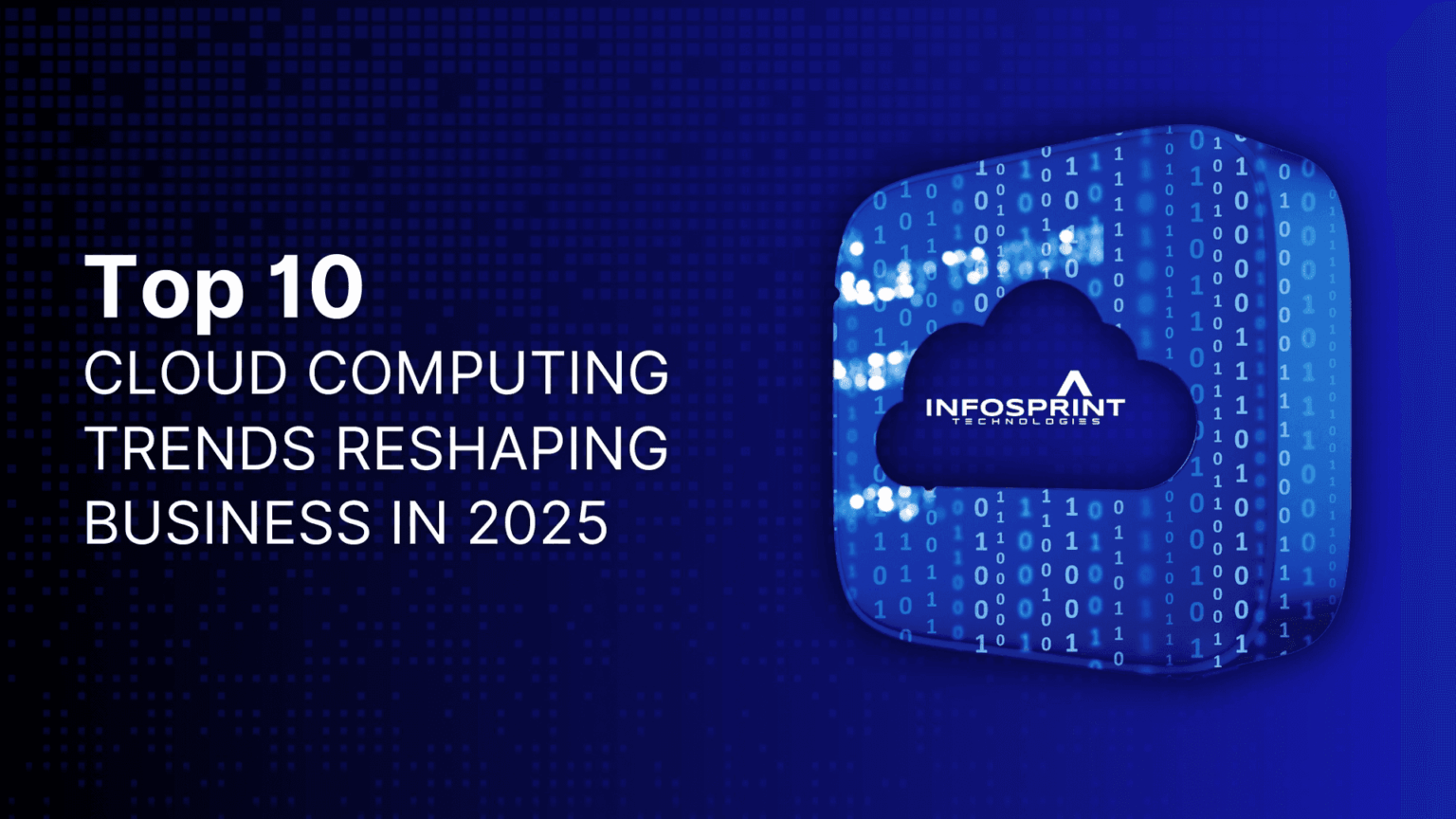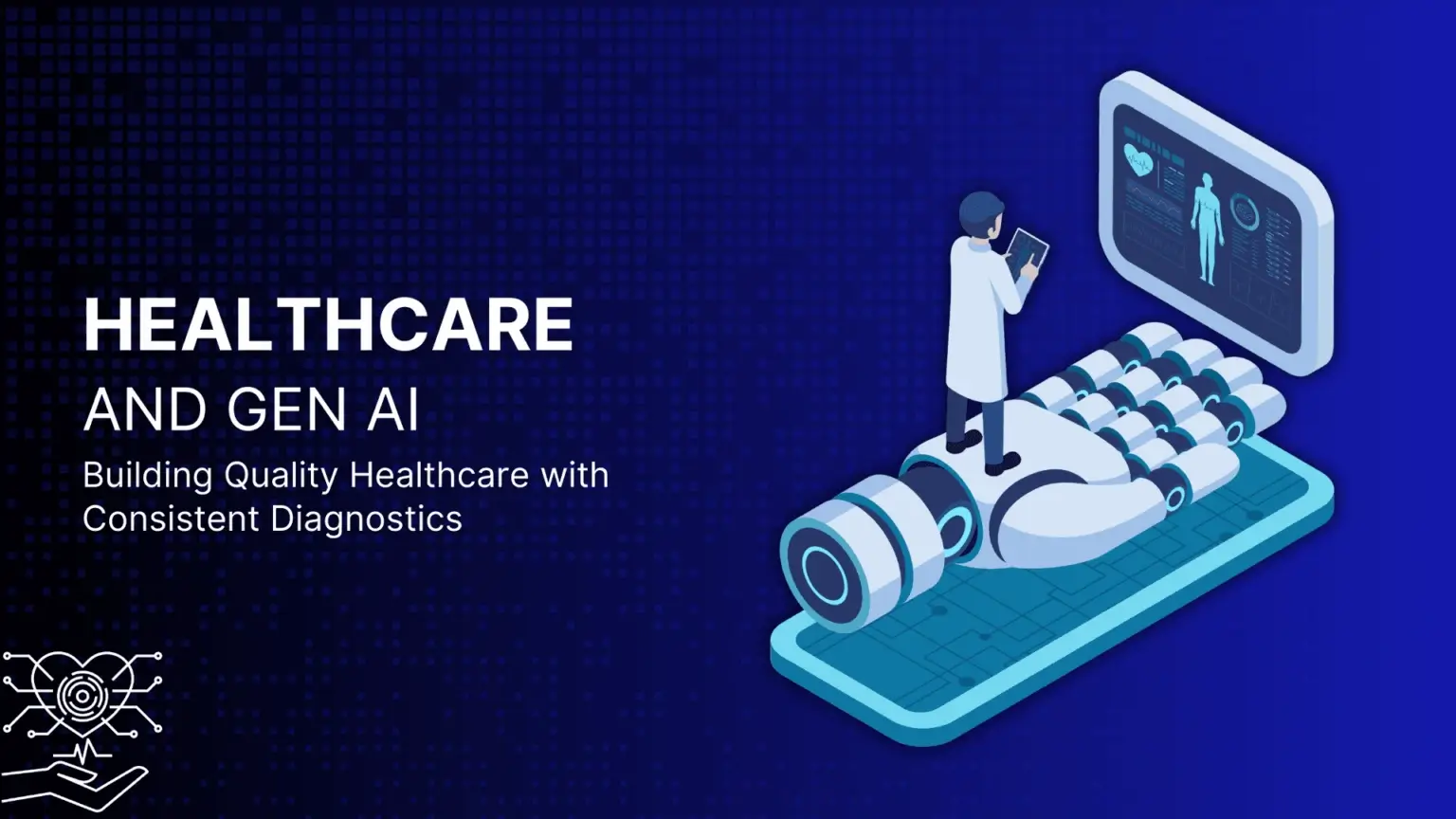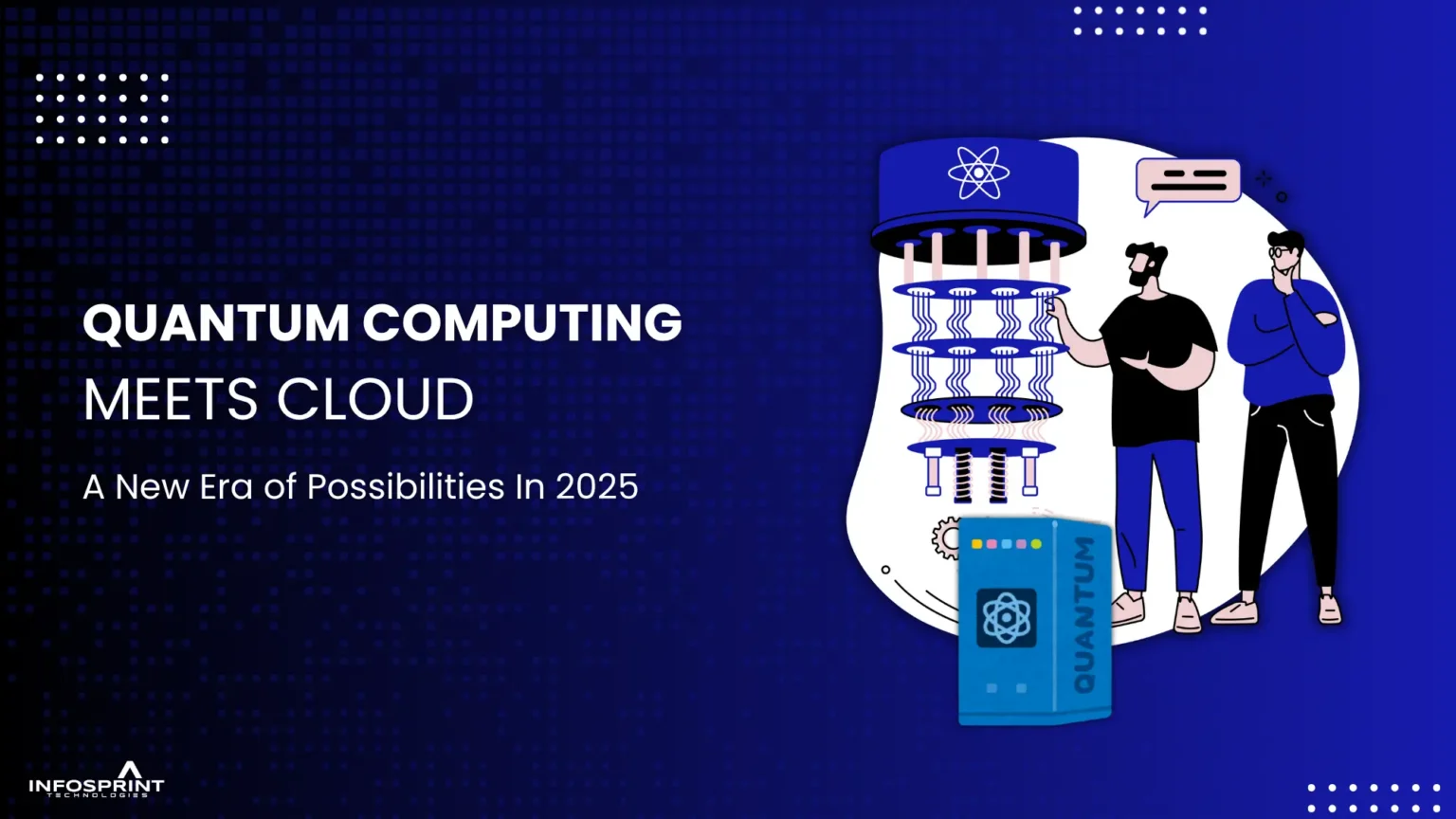Beyond Chatbots: 6 Ways AI Make Customers Feel Like a VIP

- The Evolution of Customer Experience
- Chatbots: The First Wave of Customer Experience(CX)
- Virtual Assistant: From Siri to Sales Enablers
- Predictive Analysis: Anticipating Customer Needs
- Hyper-Personalization: Creating a Unique Customer Journey
- Sentiment Analysis: Understanding Customer Feelings AI-driven sentiment
- Voice Technology: The Rise of Conversational AI
- The AI-Powered CX Revolution: Transforming Customer Interactions Today
Same boring pre-written response,
Tired of feeling like just another number when interacting with businesses?
Imagine a world where every business interaction feels tailor-made just for you. The future of customer experience starts with hyper-personalized chatbots.
Customers are no longer satisfied with the same boring one-size-fits-all service from companies; consumers demand fast, convenient, and personalized experiences.
Infosprint Technologies, an IT service company, explored, tested, and understood the evolving needs of the customers and how AI can redefine customer experience in this digital age. From converting customers to loyalists and intelligent chatbots to hyper-personalized marketing, AI is not just enhancing customer service; it is redefining the entire customer experience (CX) landscape.
The Evolution of Customer Experience
Customer support has transitioned from a reactive approach to a proactive one. In today’s hyperconnected world, customers expect immediate responses to their inquiries and anticipate that brands will foresee their needs. This proactive experience should be delivered across multiple channels. If businesses fail to meet these expectations, they risk losing customers to competitors.
1. Chatbots: The First Wave of Customer Experience(CX)
Do you remember the frustrating experience of holding for long periods and navigating complicated phone menus just to ask a question? Those days are gone. Chatbots, originally designed to handle minor inquiries, have now evolved into powerful tools essential for websites, mobile applications, and messaging platforms, significantly enhancing the customer experience.
- 24/7 Availability: Chatbots don’t sleep. They provide consistent service around the clock, improving accessibility and reducing customer frustration during off-hours.
- Instant Responses: Customers no longer want to wait in queues. Chatbots instantly respond to queries, handling FAQs, troubleshooting, booking appointments, and more.
- Cost Efficiency: Businesses save on operational costs as chatbots reduce the need for large support teams while handling repetitive tasks effectively.
- Scalability: Whether serving 10 customers or 10,000, chatbots can scale effortlessly without impacting performance or service quality.
Example: Sephora features an AI-driven chatbot on Facebook Messenger that provides personalized beauty tips, product recommendations, and assistance in booking makeovers.
2. Virtual Assistant: From Siri to Sales Enablers
While chatbots are powerful, they typically follow scripted responses. In contrast, virtual assistants like Siri and Alexa understand the context of user inquiries and respond more dynamically. This shift from rigid scripts to context-aware conversations opens up a new realm of possibilities for seamless and intelligent user experiences.
- Interpret customer sentiment: Virtual assistants can detect the user’s tone, emotion, and urgency in customer messages, personalizing interactions in a calm or delightful manner depending on the situation.
- Route complex queries: Instead of looping endlessly or holding customers until a solution is found, virtual assistants route complex queries to human agents for seamless continuity of their issues.
- Provide voice-based customer service: The user doesn’t need to type anything; just a voice command to register a complaint, and the voice assistant will respond accordingly. If they cannot assist, it will be routed to human agents.
- Integrate with crm tools: By integrating Salesforce CRM, virtual assistants can retrieve customer data, update records based on conversations, and help the sales team quickly access insights.
Example: Salesforce CRM uses Salesforce Einstein to access and update customer data with Salesforce CRM. This allows the bot to provide personalized responses based on past interactions.
👉 Discover How Salesforce Einstein Powers Smarter Customer Interactions
3. Predictive Analysis: Anticipating Customer Needs
Customers of today prefer to be “spoon-fed,” meaning they hope that companies will understand their needs and expectations before they do. Businesses failing to hyper-personalize lose customer loyalty. AI predictive analysis helps organizations go beyond reacting to forecasting customer behavior.
- Anticipating churn: AI identifies anomalies such as decreased traffic, app visits, downloads, and watch time, flagging them as high-risk users. It then engages in retention campaigns to prevent customer loss.
- Recommending next best actions: For returning customers or active users, the system suggests similar products, frequently purchased items related to what the customer has added to their cart, or services that they may want to upgrade. By proactively guiding customers through their journey, it enhances opportunities for upselling and cross-selling.
- Sending personalized offers: AI personalizes experiences based on predicted customer behavior, leading to higher conversion rates. For example, it sends limited-time discount offers to users who actively search for a service or product but haven’t taken action yet.
Netflix. The platform’s AI algorithms analyze your viewing habits, compare them with similar users, and suggest content you’re likely to enjoy, boosting user satisfaction and retention.
4. Hyper-Personalization: Creating a Unique Customer Journey
Hyper-personalization is not just calling the user by name; it means understanding what they want, when they want it, where they want it, and how they want it. It transforms every interaction into something uniquely tailored, improving conversion, loyalty, and satisfaction.
- Behavioural analysis: It involves analyzing which page they are visiting, what type of product or service they are interested in, how much time they spend researching to take action, and how much they are willing to spend on services or products.
- Real-time data processing: Personalization thrives on instant reaction to live data. This adjusts the offers, messages, and content as the user browses.
- Omnichannel consistency: Customers jump between websites, social media, and in-store. Hyper-personalization ensures that the customers experience the same level of personalization across all touchpoints.
Example: Amazon dynamically changes product suggestions, pricing, and promotional banners in real-time based on customer browsing behavior, cart activity, and even location, creating a constantly evolving, personalized shopping experience.
5. Sentiment Analysis: Understanding Customer Feelings
AI-driven sentiment analysis enables businesses to assess customer emotions through text, voice, and social media inputs. By determining if a client is content, irritated, or confused, companies can:
- Prioritize service requests: By analysing users’ tone, it flags the customers like “I’m furious”
- “This is not acceptable.” Words are often associated with anger and urgency. This makes sure that the agents will work on this ticket as a priority to regain customer trust.
- Escalate issues faster: When sentiment turns from neutral to negative during an ongoing conversation or ticket, AI alerts support teams or automatically escalates the case.
- Tailor messages accordingly: Adjusts the reply based on the user’s tone and feedback to maintain the same emotion, tone, and frequency.
Example: H&M leverages AI to monitor social media for customer sentiment, helping them understand the public’s perception of new collections and adjust their marketing strategies in real time.
6. Voice Technology: The Rise of Conversational AI
The rise of voice-enabled devices is transforming customer interactions with technology. AI-driven voice recognition has become accurate, swift, and contextually aware. Voice technology fosters natural interactions, improves accessibility, and creates an effortless experience, especially for on-the-go consumers.
- Voice-activated support systems: AI is replacing long menus with natural conversations, like answering FAQs instantly, booking appointments with a voice command, or navigating product queries.
- Smart kiosk in retail: Retailers are installing voice-enabled kiosks that function as human sales associates. These kiosks provide basic information such as size, color, and available brands in the store.
- Hand-free ordering in QSR: Fast food chains are integrating voice-based ordering systems at drive-thrus, self-ordering stations, and mobile apps and reducing wait times and enabling safer contactless interactions.
- Voice commerce: Voice shopping is on the rise, where customers place orders using voice assistants like Alexa, Google Assistant, or Siri.
Example: Domino’s Pizza offers voice ordering via its Domino’s assistant and integrates with Amazon Alexa and Google Assistant for completely hands-free pizza ordering — perfect for busy customers.
Voice tech isn’t just about convenience — it’s transforming how businesses operate, engage customers, and drive revenue. Discover how next-gen voice assistants are evolving from household helpers to enterprise powerhouses.
The AI-Powered CX Revolution: Transforming Customer Interactions Today
AI is a game-changer in the present and not just a futuristic idea. in the world of customer experience. From simple chatbots to sophisticated personalization engines, AI empowers businesses to serve their customers faster, smarter, and more meaningfully. Those who embrace this evolution will not only meet modern expectations but exceed them, cultivating loyalty, boosting revenue, and staying ahead in a fiercely competitive market.
The potential of AI is far greater than we have yet to realize. In the coming years, expect to see:
- AI-powered emotion recognition for empathetic service
- Digital humans and avatars for virtual in-store assistance
- Augmented reality + AI for immersive shopping experiences
- AI-enabled proactive CX, where systems solve issues before the customer notices them
If your organization hasn’t started integrating AI into its CX strategy, now is the time. Because in the age of intelligent experiences, the brands that know their customers best — and serve them fastest — will always win.
Related Posts

Top 10 Cloud Computing Technologies to Look Out for in 2025

Consistent Diagnosis: The Cornerstone of Modern Healthcare




